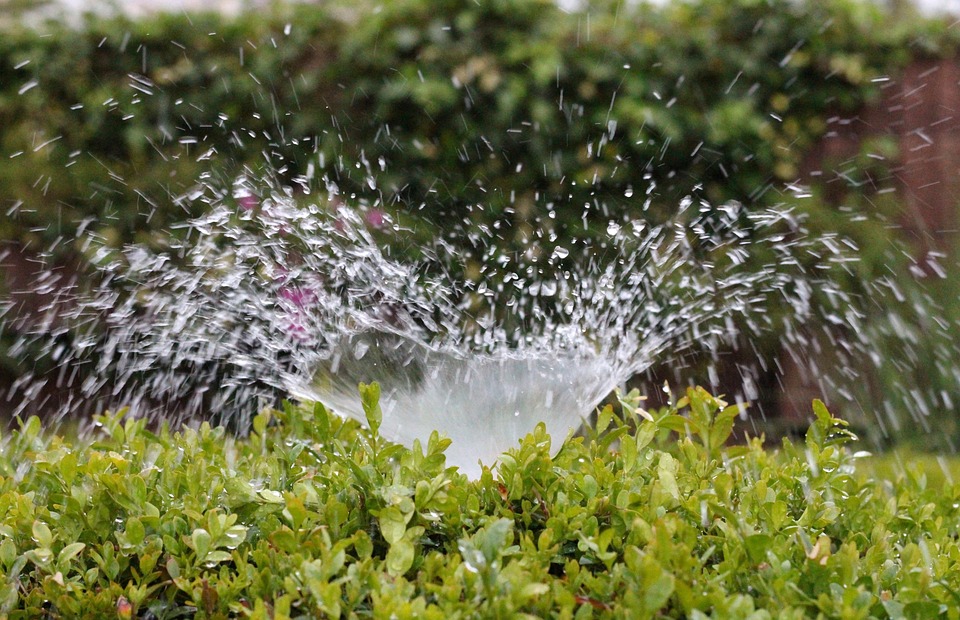A global study has shown that the growth of vegetation on the planet, especially in regions with water shortages, is often accompanied by a decrease in soil moisture. Scientists warn that active greening without taking water resources into account may threaten future water security.
A new study published in the journal Communications Earth & Environment has revealed an unexpected effect of global greening: while vegetation has increased on 65.8% of the Earth’s surface over the past 40 years, almost half of these areas have simultaneously experienced a significant decrease in soil moisture.
The ‘greening-drying’ effect is particularly pronounced in Central Africa, Central Asia, Eastern Australia and mid- to high-latitude Europe. Locally, there have been cases of ‘greening-moistening’ on the Indian subcontinent, in the southern Sahel and in some regions of North America, which is associated with differences in water balance.
Scientists note that increased vegetation growth increases transpiration and depletes water resources, especially in conditions of moisture deficiency. ‘Greening is not always beneficial for water resources,’ emphasised Liu Yongchang, one of the authors of the study.
The results of the study confirm that vegetation dynamics have a direct impact on hydrological processes, and ignoring this factor may increase the risks of land degradation. Experts urge that water security be taken into account when planning ecosystem restoration projects so that greening brings long-term benefits.




